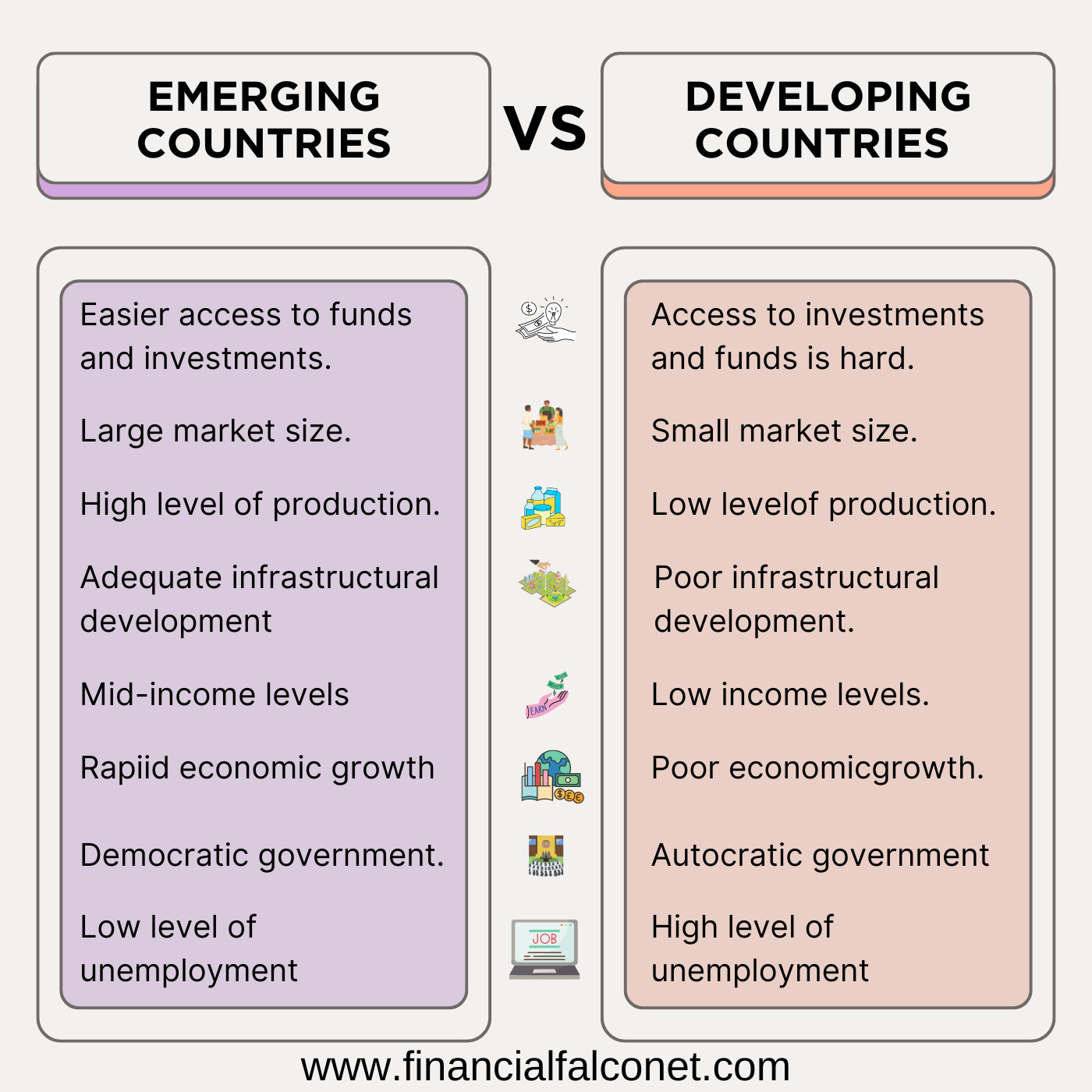Traditional Economy Characteristics
There are various types of economies, with each having its unique characteristics, advantages, and disadvantages. In this, we will see the traditional economy characteristics and some of its benefits. The traditional economy is one of the oldest economic systems known to man, and though it may seem outdated by today’s standards, it is still in use in some parts of the world.
What is a traditional economy?
Traditional Economy Characteristics
- Subsistence production
- Little to no specialization
- Barter system
- Low level of technology
- Reliance on the environment
- Religion plays a significant role
Let’s further discuss each of these characteristics of a traditional economy.
Subsistence production

Subsistence production is a characteristic of a traditional economy in which individuals and families produce only enough to meet their own needs. In subsistence production, the goal is to satisfy basic needs such as food, clothing, shelter, and other necessities rather than to generate profits.
Being one of the characteristics of the traditional economy, subsistence production can be seen in activities such as small-scale farming or fishing activities that require minimal investment in equipment or tools. This type of production tends to be labor-intensive and typically requires considerable physical effort and manual skills. Because traditional economies rely on subsistence production, they are usually rural or economically underdeveloped with relatively low living standards.
Despite this drawback, subsistence farming or activities remains an important part of many traditional societies because of its sustainability and ability to provide people with basic means of sustenance without relying on external sources.
Little to no specialization
Traditional economies are also characterized by little to no specialization. This means that most production is done by individuals or families, rather than by specialized groups of workers; people often do not specialize in one trade or craft and are responsible for producing everything they need to survive. For example, a family might grow their own food, make their own clothes, and build their own shelter. This lack of specialization limits the potential for economic growth.
Barter system
Another traditional economic characteristic is its reliance on the barter system. It involves the exchange of goods or services between two or more parties without the use of currency. The barter system is often used in a traditional economy because currency may not be available or may not be stable.
Low level of technology
Since a traditional economy is one that is based on agriculture and the barter system. There is little to no industrialization or division of labor. The main characteristic of a traditional economy is the low level of technology. This means that there are few if any, machines used in production. Instead, manual labor is relied upon. Additionally, land and natural resources are the primary means of production.
In many traditional economies farming is the primary occupation and this activity is carried out with manual labor with little to no technology. The use of animals as beasts of burden may be used to increase production. Because of this, large-scale production is not feasible, which is another feature of the traditional economy.
Reliance on the environment
Additionally, traditional economies have the characteristics of relying on their respective environments. Most people are involved in fishing, hunting, and gathering. This has some disadvantages such as natural disasters causing hardship to people because of their reliance on the environment.

Wildfire can drive the animals away; flood makes it impossible for fishing, etc.
Another problem with this characteristic of a traditional economy is the high level of poverty found in these types of economies. They are often found in developing countries or in parts of developed countries where poverty levels are high. In these societies, people often have little education and few job opportunities outside of subsistence activities. This can lead to a cycle of poverty where it is difficult for families to improve their standard of living.
Religion plays a significant role
Religion is often characteristic of a traditional economy because it often dictates or at least influences the way people in a community live and work. For example, in many Christian communities, Sundays are considered holy days and so people do not work on Sundays. This means that businesses may be closed on Sundays or may only operate for limited hours. Religious holidays also often dictate how people spend their time and what they do. For instance, many Christians celebrate Christmas and Easter by going to church and spending time with family.
Conclusion
A traditional economy is a system that relies on customs, culture, and history to make decisions about the production and distribution of goods and services. These economies are often agricultural societies that use simple technologies. Bartering is also common in traditional economies.
Another characteristic of a traditional economy is the low level of technology. This is due to the lack of industrialization and modernized infrastructure, which leads to the use of outdated methods of production. For example, instead of using machines to farm, people may still use hand tools or animal labor. This leaves less room for innovation and growth.


